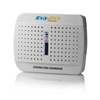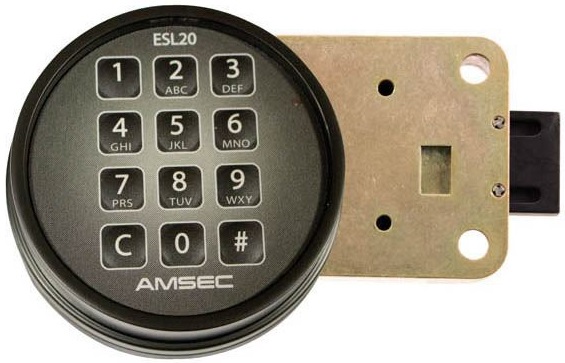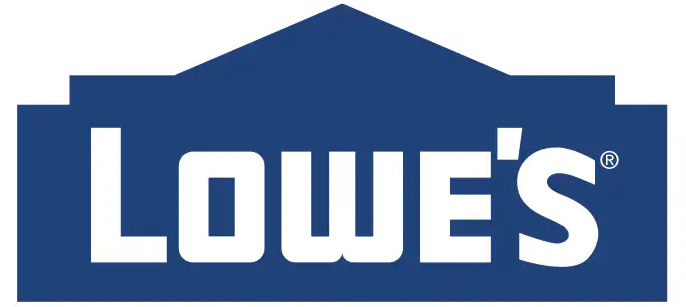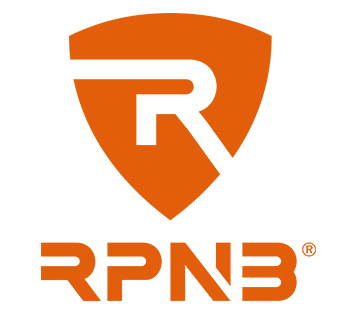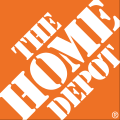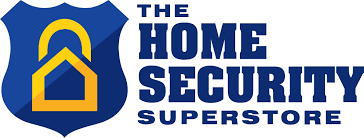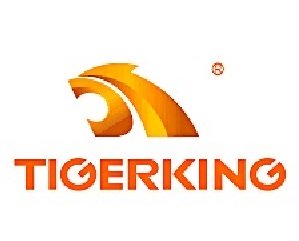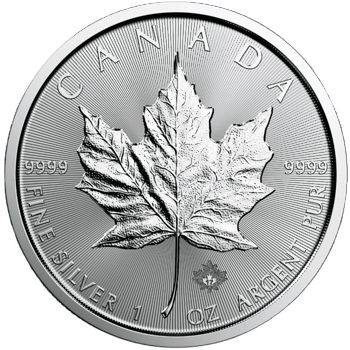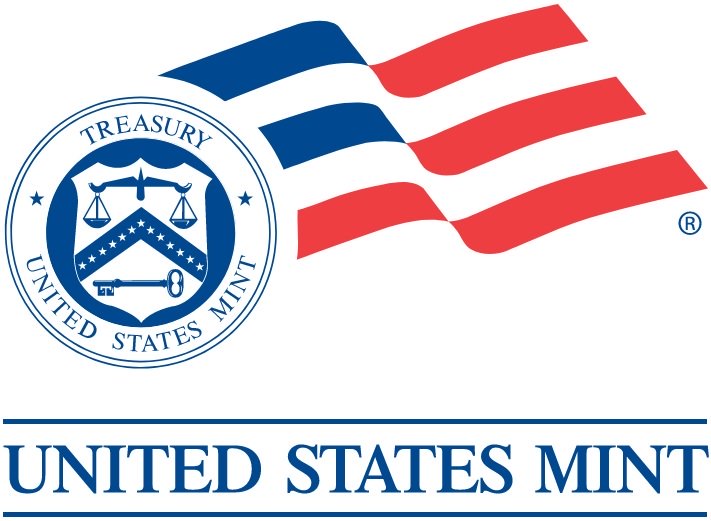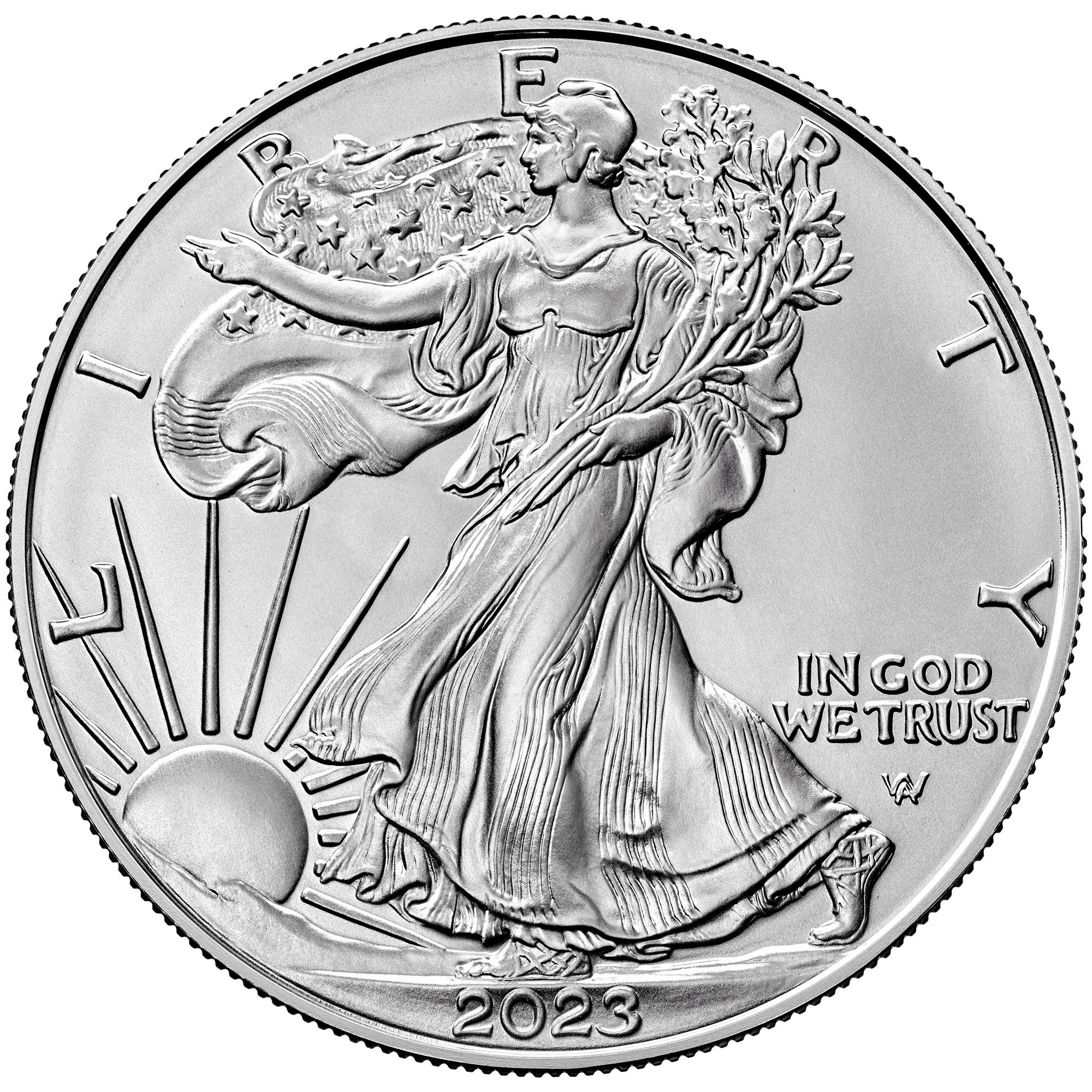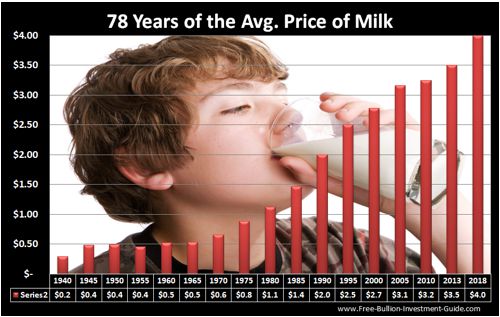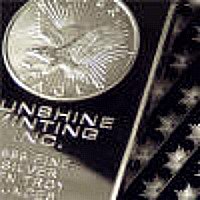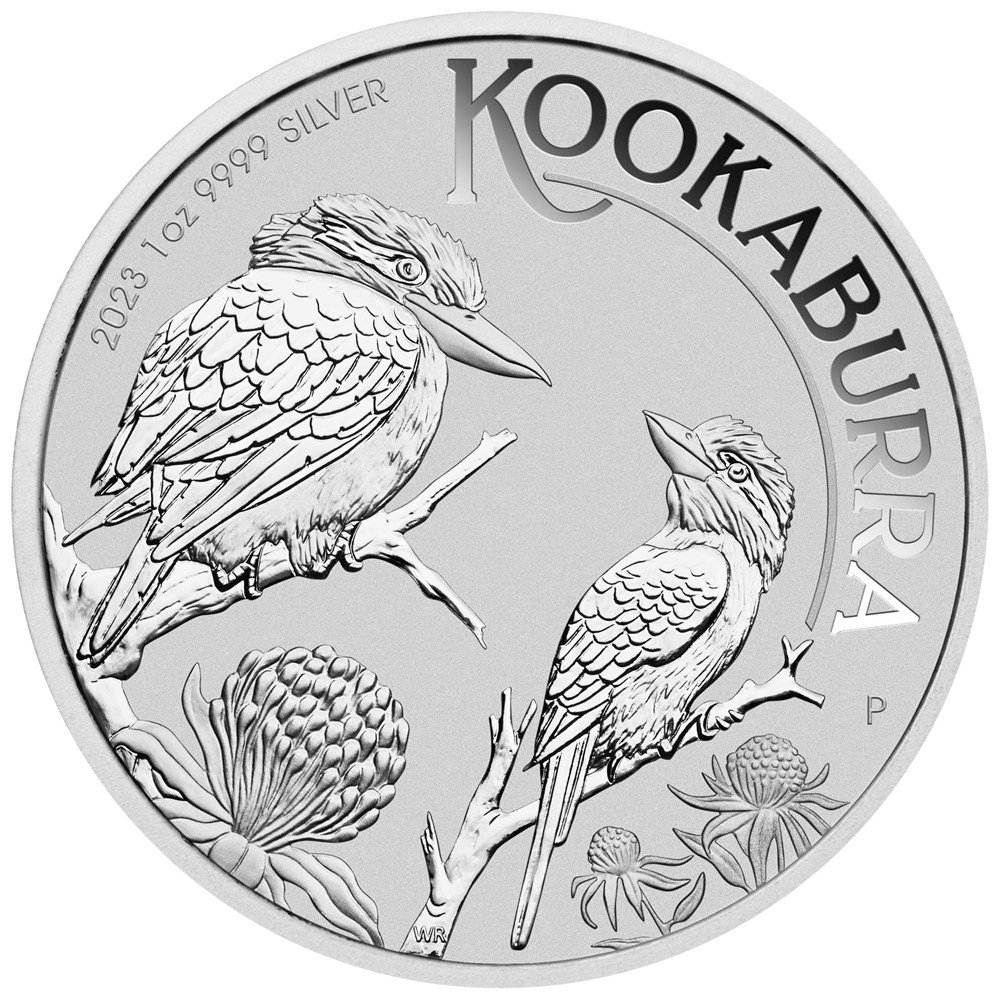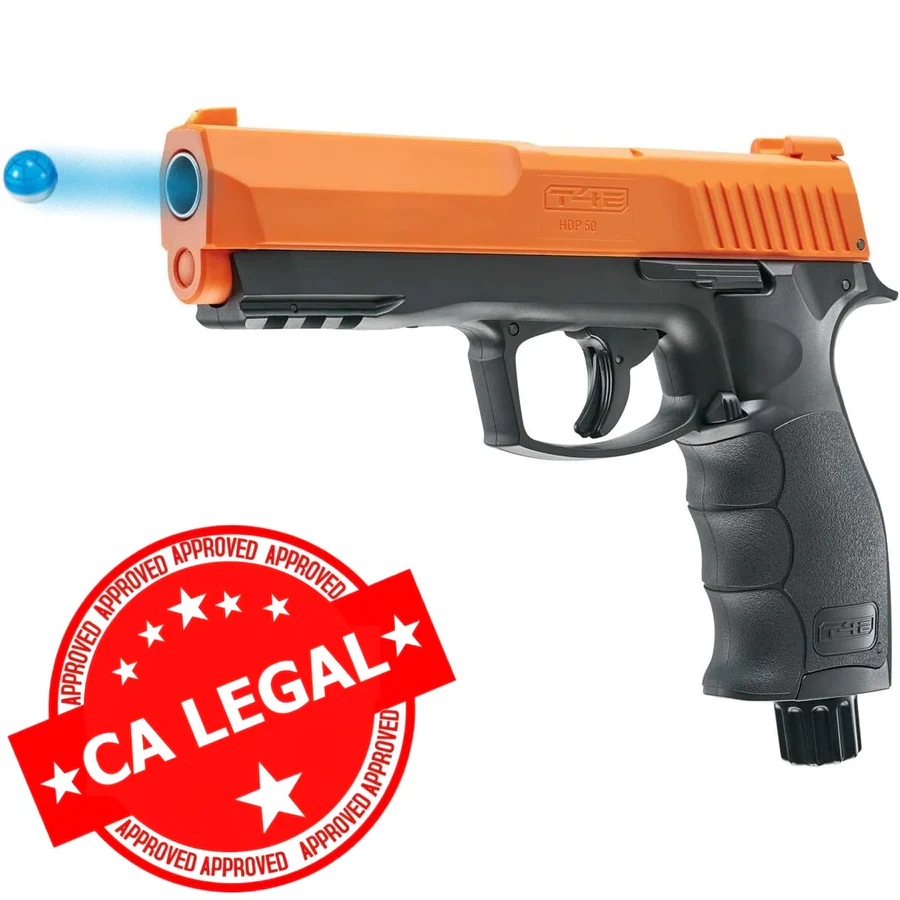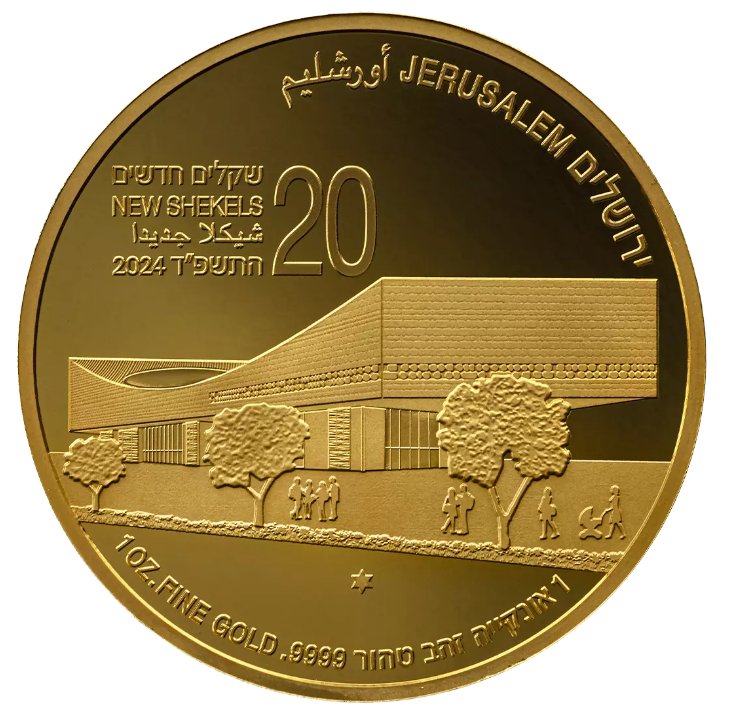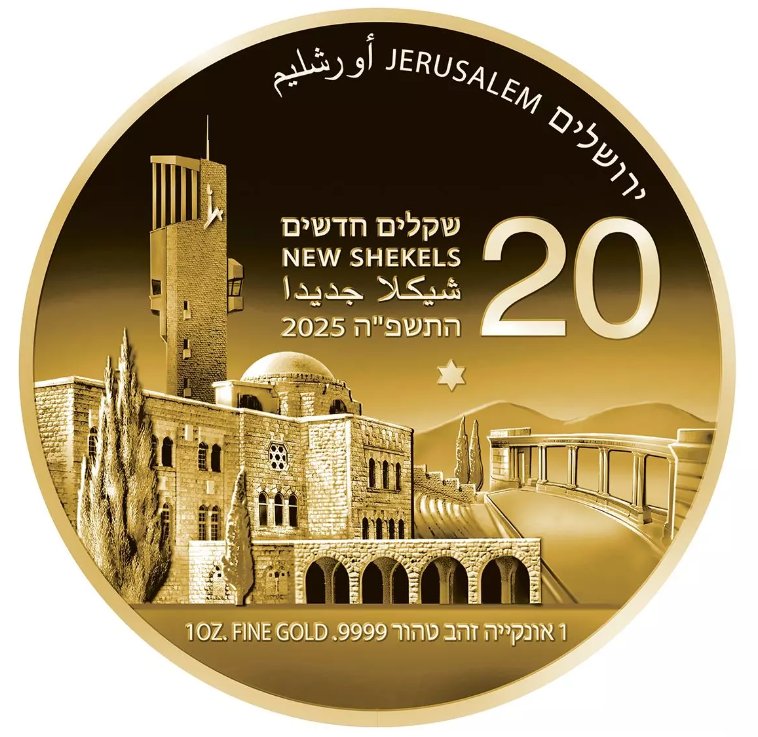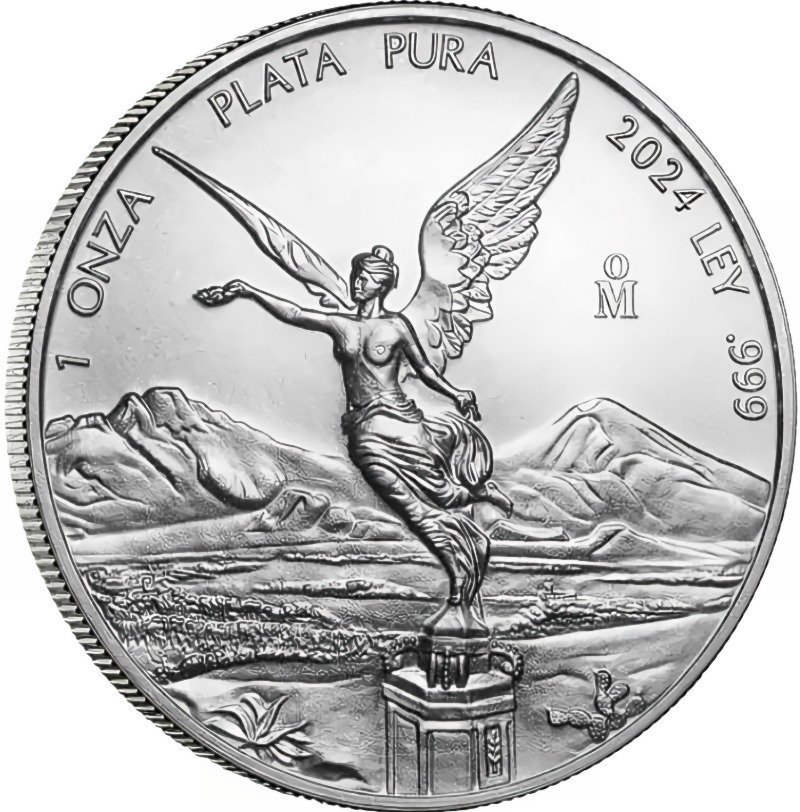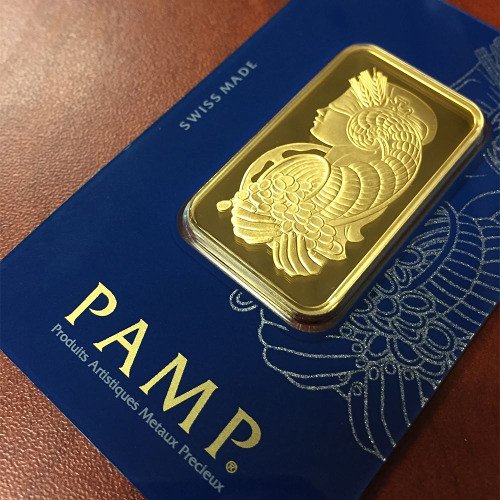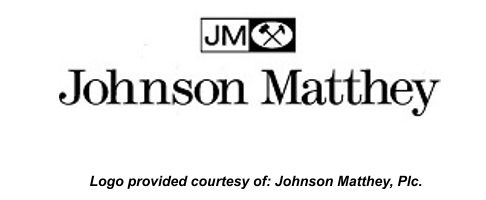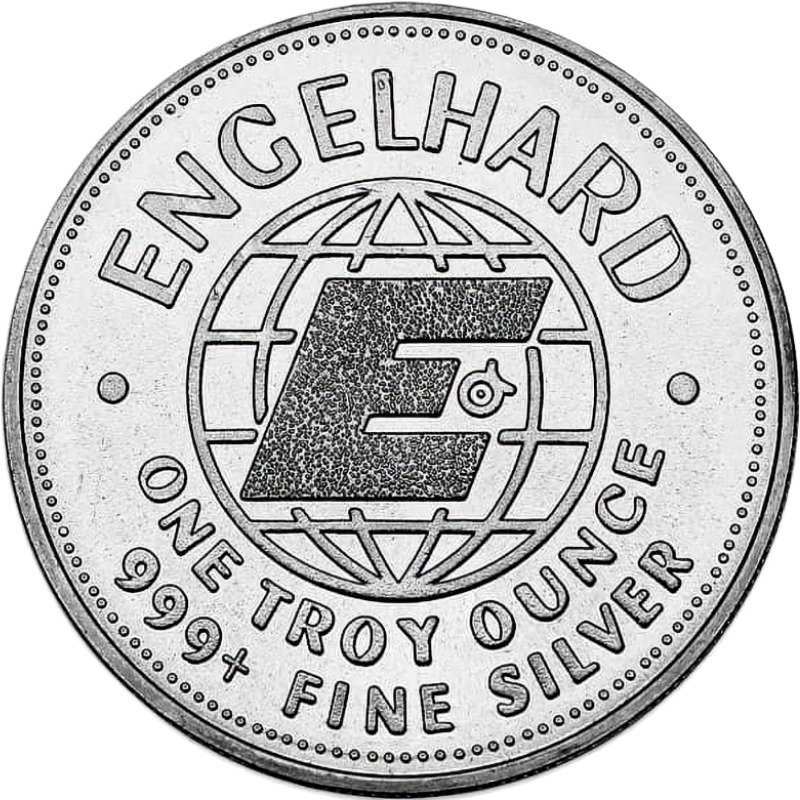Homepage / Bullion Security: Home Safes Buying Guide
Last Updated on 05/29/2025
Home Safes Buying Guide
When you want to keep valuable assets at home out of the reach of curious hands or prying eyes, the first thing that springs to mind is purchasing a home safe.
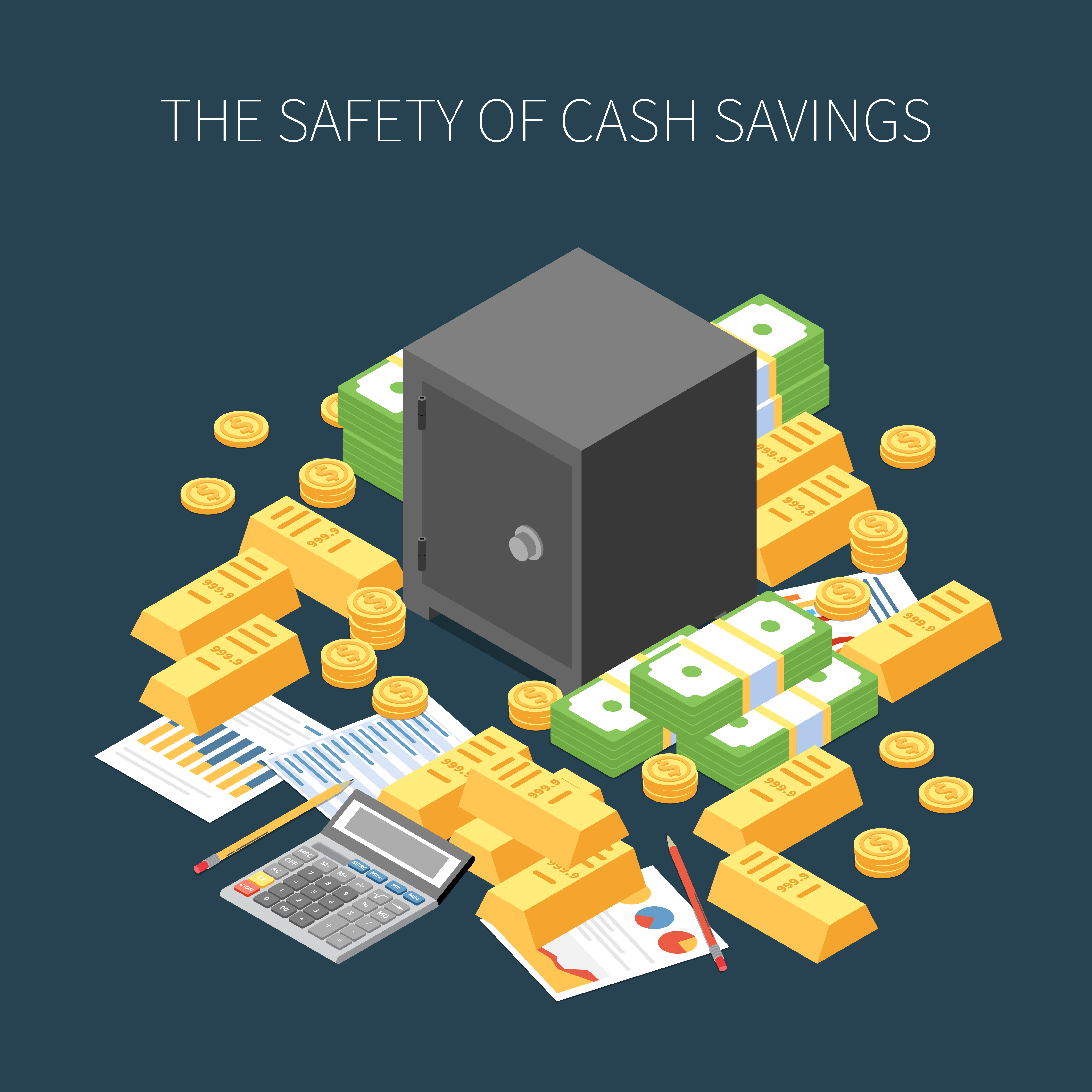 Image by macrovector on Freepik
Image by macrovector on FreepikThe next determination to make is what type of home safe you'll need for the level of protection required to safeguard your assets.
The size of the home safe depends on what you are putting in it and if you expect to add to what is in it or not.
There are three varieties of home safes or office safes on the market, that are characterized by how long they can safeguard your valuables: anti-theft safes, fire-resistant safes, water-resistant safes, and combinations of all three.
Key Details about Home Safes
- No safe is impenetrable
- Do not talk about your home safe or what's in it because Law Enforcement statistics indicate the majority of burglaries are made by someone the owner knows or has met.
- Prices range from $30.00 for a fireproof safe box to over $15,000.00 for a UL-certified TL-30X6 home safe, these safes and all safes in between are discussed below.

Carefully consider the placement of a home safe:
- Most burglars confess they start looking for valuables in the master bedroom, while others thieves say they check out an office or study first.
- Put the safe in a place where a person can not get leverage to open it with tools.
- If possible, place a safe in the lowest corner of your house to minimize damage in the case of fire, unless your basement is susceptible to flooding.
- Hide the safe, do not show it off
- Bolt the safe to the floor
- Burying a safe is not recommended, although some people do it. If you do, make sure you do not forget where it is and that it, or the items inside, are waterproof.
UL Solutions
formerly Underwriters Laboratories
There are many testing companies for safes, but the one used most by the safe manufacturing industry and insurance companies is UL Solutions.
Established in 1894, UL Solutions (formerly Underwriters Laboratories) is an independent product safety certification organization; the company's headquarters is in Northbrook, Illinois.
UL Solutions (UL) primarily develops product safety standards and test procedures for products, materials, components, assemblies, tools, and equipment.
Safes that pass UL testing are given a specific rating that is recorded by the manufacturer on a label attached to the product.
UL Solutions Tests
Water-Resistant &
Fire Resistant Safes
Water Resistant Safes

A water-resistant classification for a safe signifies that areas exposed to water have been sealed around the door and other vulnerable areas.
Water-resistant safes go through testing that submerges a safe for a specific time period, and if the safe keeps out no more than a few drops of water, it passes the test.
Note: No safe is completely waterproof.
Water-resistant safes effectively prevent water from entering them for a period of time, but they also prevent moisture from leaving the safe once it is in it.
The section (below) titled "Moisture: Keep It Out of Your Safe" is a glimpse into one man's misfortunes; however, it provides guidance on protecting your safe from internal moisture.
Moisture
Keep it Out of Your Safe

Moisture can be a significant threat to your safe's contents, causing mold, mildew, rust, and foul smells. If not addressed promptly, it can ruin most, if not all, of the safe's contents.
True Story
A man who owned a water-resistant safe found this out firsthand.
On
a rainy day, he received an item he wanted to put in his safe.
Unconsciously, after taking it out of the mailbox, he put it inside his safe, intending to remove it from the packaging later.
The package was plastic, but it must have had some moisture on it when he put it in the safe because several days later, when he opened the safe, a foul smell emanated from it, plus the package and other already inside the safe were showing signs of mildew.
This individual's mistake resulted in half of the items in the safe being damaged, and the mold ruined the safe.
Don't let it happen to you; protect your safe from internal moisture with one or more dehumidifiers.
Note: The optimal way to prevent moisture in a safe is to use dehumidifiers (e.g., silicon packets and a dehumidifier) and to store small items in zip-lock plastic bags.
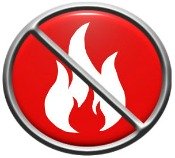
Fire Resistant Safes
Fire-resistant home safes feature molded interiors with fire-retardant properties, designed to safeguard items during higher temperatures outside the safe.
Precious metals have a melting point over a thousand degrees Fahrenheit; however, paper chars above 350°F and computer-related materials shouldn't sit for long in any environment over 120°F, so you'll want to look carefully at the fire rating if you want to put temperature-sensitive material in your safe.
UL - Fire-Resistant Data
Home Safe Tests
( UL = UL Solutions)

1 HOUR • U.L.™ CLASS 125 RATE SAFE: The test ensures computer data protection for one hour, maintaining a safe temperature below 125 degrees in both the oven and cool down period.

1 HOUR • U.L.™ CLASS 150 RATE SAFE: The test ensures computer data protection for one hour, maintaining a safe temperature below 150 degrees in both the oven and cooling down period.

2 HOUR • U.L.™ CLASS 150 RATE SAFE: The test ensures computer data protection for two hours, maintaining a safe temperature below 150 degrees in both the oven and cool down period.
UL - Fire Endurance Test
( UL = UL Solutions)
Paper will begin to char at approximately 350°F; the unit being tested must maintain an interior temperature of less than 350°F during heat-up and cool-down testing in order to earn its rating.
UL Solutions conducts a fire endurance test by placing a safe in a 2000°F furnace, controlling the temperature for a predetermined time for various items like recording tape, film, and paper.
In the test, sensors monitor the safe's internal climate during testing.
When the furnace reaches the set time and temperature goals, the test is completed, and the safe is cooled before being opened to ensure its contents are usable and not sticking together or crumbling.
UL - Fire Impact Test
( UL = UL Solutions)
After the fire endurance test, the safe is immediately removed from the furnace, hoisted thirty feet above the ground, and dropped onto a pile of bricks to simulate a fall from three stories.
After the fall, the safe is thoroughly examined for damage, exposed to fire for an additional hour, and after cooling, its contents, exterior surface, locks, and fastenings are thoroughly examined.
For a safe to pass the Fire Impact Test, it cannot pop open, the temperatures inside the safe cannot rise above 350°F, and the papers inside have to be ledgeable.
UL - Explosive Test
( UL = UL Solutions)
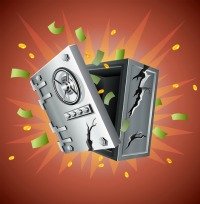
The Explosive Test assesses if the design of a home safe effectively shields against intense heat.
If the home safe construction is faulty, the sudden high temperature will cause hydrogen-air-stream mixtures in the insulating material to explode, rupturing the safe walls. This rupture will destroy much of the safe’s resistance to fire.
After the test time has past, the unit is allowed to cool. If there is no rupture in the insulation, the unit has passed the test.
UL - Fire Endurance - Impact Tests
( UL = UL Solutions)
- A UL 350 rated safe is specifically designed for the storage of paper documents, not computer media.
- The safe must maintain an interior temperature below 350 degrees during both heat-up and cool-down testing to earn its rating.
 |
1/2 Hour •
U.L.™ CLASS 350 Rated Safe: The unit is heated for one-half hour to reach an exterior temperature of 1550'F, testing includes UL - Fire Impact and Explosive testing procedures. |
 |
1 Hour • U.L.™ CLASS 350 Rated Safe: The unit is heated for one hour to reach an exterior temperature of 1700'F. Like the 1/2 hour test, the safe must maintain an interior temperature of less than 350 degrees throughout the test. Testing includes UL - Fire Impact and Explosive testing procedures. |
 |
1 Hour + • U.L.™ CLASS 350 Rated Safe: The unit is heated for one hour to reach an exterior temperature of 1700'F. During the complete process, the interior of the safe cannot go above
350 degrees, testing includes UL - Fire Impact and Explosive testing
procedures.
|
 |
2 Hour • U.L.™ CLASS 350 Rated Safe: The unit is heated for two hours to reach an exterior temperature of 1850'F. During the complete process, the interior of the safe cannot go above 350 degrees, testing includes UL - Fire Impact and Explosive testing procedures. |
 |
4 Hour • U.L.™ CLASS 350 Rated Safe: The unit is heated for four hours to reach an exterior temperature of 2000'F.
During the complete process, the interior of the safe cannot go above
350 degrees, testing includes UL - Fire Impact and Explosive testing
procedures.
|
UL Rated
Home Safe Locking Systems
|
There are various lock types for different levels of security, such as keyed, combination, and biometric locks. The type of lock on a safe impacts how readily your stored items can be accessed and how secure your property is against theft. |
In many cases the lock is one of the first areas a burglar will attack when trying to gain access to a safe.
Listed Below are ratings for safe locks.
Group 1 Locks
Group 1 locks have a high degree of resistance to an unauthorized opening. When compared with Group 2 locks, Group 1 locks provide advanced mechanisms to combat manipulation.
Group 1 Combination Locks - 20 hours resistance to expert attacks, Special construction techniques not found in other locks, Can be found on any UL rated safe but must be used (or Group 1R used) on TRTL rated safes and TXTL rated safes.
Group 1R Combination Locks
- 20 hours resistance to expert attacks, Resistance to radio-logical
techniques (ex: X-rays). Synthetic polymers must withstand aging and
humidity, special construction techniques not found in other locks, can
be found on any UL rated safe but must be used (or Group 1 used) on TRTL
rated safes and TXTL rated safes.
Group 2 Locks
Group 2 locks have a moderate degree of resistance to unauthorized opening.
Group 2 Combination Lock - Some resistance to opening attempts, Not suitable for any UL Rated safes.
Group 2M Combination Lock - 2 hours resistance to expert attacks, Used on TL-15, TL-15×6, and TL-30 safes.
This link provides additional details about Safe Locks: The Definitive Guide
Anti-Theft Home Safes
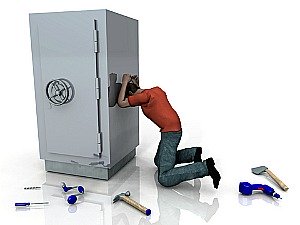
Anti-theft home safes are composed of solid steel plating or a combination of steel and composite fill material like concrete, containing a fire-retardant filler.
Anti-theft safes are categorized based on their level of protection and the testing they undergo.
The following seven Anti-Theft ratings are given to most Home Safes:
- B-Rate
- C-Rate
- B/C Rate
- UL RSC (Residential Security Container)
- UL TL-15
- UL TL-30
- TL-30 X6.
Lower Level
Anti-Theft Home Safe Ratings
(Not Rated by UL Solutions)
B Rated Safe - A safe labeled with this standard rating has less than a 1/2-inch thick steel body and a steel door that is less than 1-inch thick.
The safe was not tested for this rating; it is rated solely on its steel thickness.
C Rated Safe -
A safe labeled with this rating has
1/2-inch thick steel body with a
1-inch thick steel door and a lock.
The safe was not tested for this rating; it is rated solely on its steel thickness.
B/C Rated Safe - is a catch-all rating for safes with at least a 1/4-inch steel body, 1/2-inch steel door, plus an additional 10 or 12 gauge metal layers and composite fire-resistant material are used.
High Level - UL Solutions
Anti-Theft Home Safe Ratings
Keep in mind: The engineers who test these safes have the manufacturing blueprints and can disassemble the safe before the test begins to see how it works.
U.L. Residential Security Container (RSC) rating
A safe with an Residential Security Container (RSC) rating must withstand a total time of five minutes of rigorous prying, drilling, punching, chiseling, and tampering on all sides to prevent intruders from opening the safe.

Tool-Resistant - Class TL-15 Rated Safe –
Important Note: the number after the Class of Safe stands for the number of minutes the safe resisted penetration.
|
Any safe given a UL TL-15 rating has passed standardized tests defined in the Underwriters Laboratories Standard 687, using the same tools and usually the same group of engineers. Class TL-rated Safes have been able to resist penetration from these methods for 15, 30, or 40 minutes. The safe is designed to withstand various types of tools such as hand tools, picking tools, mechanical or electrical tools, grinding points, carbide drills, devices that apply pressure, cutting wheels and power saws. |
|
Safes with this rating have the following construction requirements:
- UL listed Group II, 1R, or 1 combination lock.
- 750 lbs. minimum or comes with instructions for anchoring in a larger safe, concrete blocks, or on the premises where used
- Body walls of material equivalent to at least 1-inch open hearth steel with a minimum tensile strength of 50,000 P.S.I.
- Walls fastened in a manner equivalent to continuous 1/4 penetration weld of open hearth steel with a minimum tensile strength of 50,000 P.S.I.
- One hole of 1/4-inch or less is used to accommodate electrical conductors that do not directly view the door or locking mechanism.
- The label means that the safe successfully resisted entry for a NET working time of 15 minutes using common hand tools, drills, punch hammers, and pressure-applying devices. Net working time means “when the tool comes off the safe the clock stops.”
Tool-Resistant - Class TL-15 x 6 Rated Safe
The only difference in this Rated Safe compared to the TL-15 test is that the test is on all six (6) sides of the safe.

Tool-Resistant - Class TL-30 Rated Safe
A safe given a UL TL-30 rating has the same construction requirements as the TL-15 above.
|
Tests are the same as the TL-15 tests except for the net working time. The testers are allowed 30 minutes and a few more tools (abrasive cutting wheels and power saws) to help them gain entrance to the safe. The label signifies the testers were unable to open the door within 30 minutes. |
|
Tool-Resistant -
Class TL-30 x 6 Rated Safe
The only difference in this Rated Safe compared to the TL-30 test is that the test is conducted on all six (6) sides of the safe.
Torch and Tool Resistant Safe - Class TRTL- 30
This is a combination locked safe that offers high protection against combinations of mechanical, electrical, and cutting tools. The safe will resist abuse for 30 minutes from tools such as hand tools, picking tools, mechanical or electrical tools, grinding points, carbide drills, devices that apply pressure, cutting wheels, power saws, impact tools. In addition, the safe can withstand an oxy-fuel welding and cutting torch (tested gas limited to 1,000 cubic feet (28 m3) combined total oxygen and fuel gas.)
Torch and Tool Resistant Safe - Class TRTL- 60
This class meets all the requirements for Class TRTL-60 and, in addition, can withstand high explosives such as nitroglycerin or equivalent to not more than 4 ounces (110 g) of nitroglycerin in one charge (entire test must not use more explosive than that equivalent to 8 ounces (230 g) of nitroglycerin).

Gun Safe
Regulatory Standards
An acceptable gun safe is either one the following:
1.) A gun safe that meets all of the following standards: Shall be able to fully contain firearms and provide for their secure storage.
- Shall have a locking system consisting of at minimum a mechanical or electronic combination lock. The mechanical or electronic combination lock utilized by the safe shall have at least 10,000 possible combinations consisting of a minimum three numbers, letters, or symbols.
- The lock shall be protected by a case hardened (Rc 60+) drill resistant steel plate, or drill resistant material of equivalent strength.
- Boltwork shall consist of a minimum of three steel locking bolts of at least 1/2-inch thickness that intrude from the door of the safe into the body of the safe or from the body of the safe into the door of the safe, which are operated by a separate handle and secured by the lock. A gun safe shall be capable of repeated use.
- The exterior walls shall be constructed of a minimum 12-gauge thick steel for a single walled safe, or the sum of the steel walls shall add up to at least 0.100 inches for safes with two walls.
- Doors shall be constructed of a minimum one layer of 7-gauge steel plate reinforced construction or at least two layers of a minimum 12-gauge steel compound construction.
- Door hinges shall be protected to prevent the removal of the door. Protective features include, but are not limited to: hinges not exposed to the outside, interlocking door designs, dead bars, jeweler's lugs and active or inactive locking bolts.
2.) A gun safe that is able to fully contain firearms and provide for
their secure storage, and is certified to/listed as meeting Underwriters
Laboratories Residential Security Container rating standards by a
Nationally Recognized Testing Laboratory (NRTL).
Source: State of California Department of Justice
Choosing the Right Manufacturer
It may happen, from time to time, that a customer may forget their combination or the batteries run out on the electronic combination, and they get locked out of it.
You'd expect that if a manufacturer kept a database of customer combinations or had "master codes" to break a combination, they'd keep that information private and have it to assist owners if they needed it.
Recently, a popular U.S. safe manufacturer which had master codes to break combinations on their safes gave up that information to the F.B.I. without a warrant.
The FBI gained access to a private citizen's gun-safe because the manufacturer willfully gave them the combination to it. Read the full story in the article below.
Liberty Safe Let FBI Seize Customer’s Gun Safe Contents Without A Court Order - The FederalistOn the right-hand column of this page, there is a list of the Top Anti-Theft safe manufacturers. It is there to help you discern which manufacturers are best for you. (After the next two sections there is a list of retailers that sell home safes by these manufacturers.)

Home Burglaries in America
12 Law Enforcement Statistics
-
Almost half of the nation's reported burglaries occur in the West 45%
percent, as opposed to the Northeast 11%, the Midwest 20% and the
South 24%.
- Burglaries account for $3 billion in property losses in 2019
- Thieves look for cash more often than other items
- Second to cash, valuables (e.g., jewelry and precious metals) are highly sought-after
- 50% of burglars live within two miles of the house they steal from
- Only 28.6% of property stolen in burglaries is recovered by the police.
- Nearly 70% of all burglaries occur in urban or metropolitan areas.
- Most "forced entry" burglaries involve kicking in the door.
- "Unlawful Entry" burglaries often happen through an unlocked door or window.
- 16.9% of all burglaries are residential, and of those, 62% occur during the daytime.
- Most burglaries occur between 9 a.m. and 3 p.m., when no one is likely to be home..
- The summer months of July and August are the most affected by burglaries.
Security Tips
- Do Not Talk about Your Safe, or tell Anyone about its Contents (except those you trust with your life).
-
A would-be thief often walks right through an unlocked door or window,
so it’s essential to latch and lock your windows, even if you’re home
- Leave a car in the driveway. It makes your home look occupied, even if it’s not.
- Use an Early Warning Motion Alert System
- Ensure garage doors, windows, sheds, and both front and back doors remain locked at all times.
- Use a blocking device on all sliding glass doors.
- Draw curtains and blinds in the lower-level and basement windows.
- Install deadbolt locks on the front and back doors, as well as a garage door.
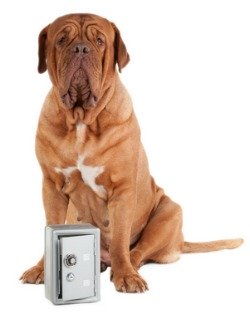
- Use Door Reinforcements
- Don’t leave a spare key under your doormat, inside a pot, or above your door frame.
- Use Outdoor Motion Sensing Lighting
- Plant thorny bushes or shrubbery around ground level windows
- Have a Home Alarm System
- Talk to Neighbors if you've seen questionable activity in your neighborhood
- Practice an Emergency Exit Plan plan with all the members of your household.
- Engrave your drivers license number into your valuables
- Keep ladders, tools or items that could be used to gain access to your home locked up and out of sight.
- Use highly visible alarm decals or beware of dog signs
- Get a big Dog or two!
Retailers offering a
Wide Variety of Safes
|
Here's What You'll Find at GunSafes.com
GunSafes.com - 4.7 star Customer Reviews Free Shipping on All Orders Over $150.00 |
|
Here's What You'll Find at RPNB safes
Free Shipping on All Orders! |
Here's What Safes You'll Find at
|
|
Click Link for Direct access
|
Home Security Superstore - Customer Reviews
Here's What Safes You'll Find at
|
|
Click Link for Direct access
|
Tiger King Safes - Customer Reviews
|
Notice
|
Other pages on this guide
that you may like....
|
|
|
|
|
|
HomeSafes Buying Guide
For Bullion Market News...
|
Support this Guide & Paypal Thank You for Your Support |
|
|
 | |||||
Keep this Guide Online
& Paypal
Thank You for
Your Support
with Feedly
Search the Guide
| search engine by freefind | advanced |

Daily
Newsletter
2024 & 2025
Jerusalem of Gold Bullion
Coin photos
(bottom of page)
Mintages
for
2024
Gold & Silver Mexican Libertad
|
Gold Libertads |
Chinese Gold Coin Group Co.
& Chinese Bullion
Help Us Expand our Audience by forwarding our link
www.free-bullion-investment-guide.com.
Thank You!
May's

All Articles were Originally Posted on the Homepage
All Donations are Appreciated!
PayPal, Debt, or
Credit Card

18W LED Security Light (Dusk to Dawn & Motion Sensor) - $32.99
from:
 LED Lighting
LED Lighting
Top Anti-Theft
Safe Manufactures
|
• AMSEC - American Security Safes www.amsecusa.com • Browning Safe https://browningsafes.com • Cannon Safe www.cannonsafe.com • Casoro Jewelry Safes www.casorojewelrysafes.com • Gardall Safes www.gardall.com • Fort Knox Safes Co. www.ftknox.com • Hayman Safe Co. www.haymansafe.com • Inkas Safe Manufacturing www.inkassafes.com • Liberty Safe Co. www.libertysafe.com • Protex Safe Co. www.protexsafe.com • Rhino Metals https://rhinosafe.com • RPNB Safes https://rpnbsafe.us • Stealth Safes www.stealthsafes.com/ • TigerKing Safes www.tigerkingsafe-us.com |
Top Fire Resistant
Safe Manufactures
|
• First Alert Safes www.firstalert.com • Fire King Safes www.fireking.com • Sentry Safes www.sentrysafe.com |

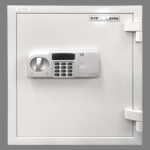
Hollon HS-530WE 2 Hour Fireproof Home Safes
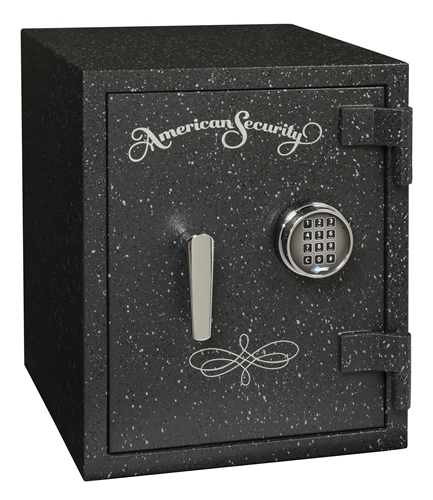
American Security UL1511 Home Safe - 2-Hour Fire Safe



